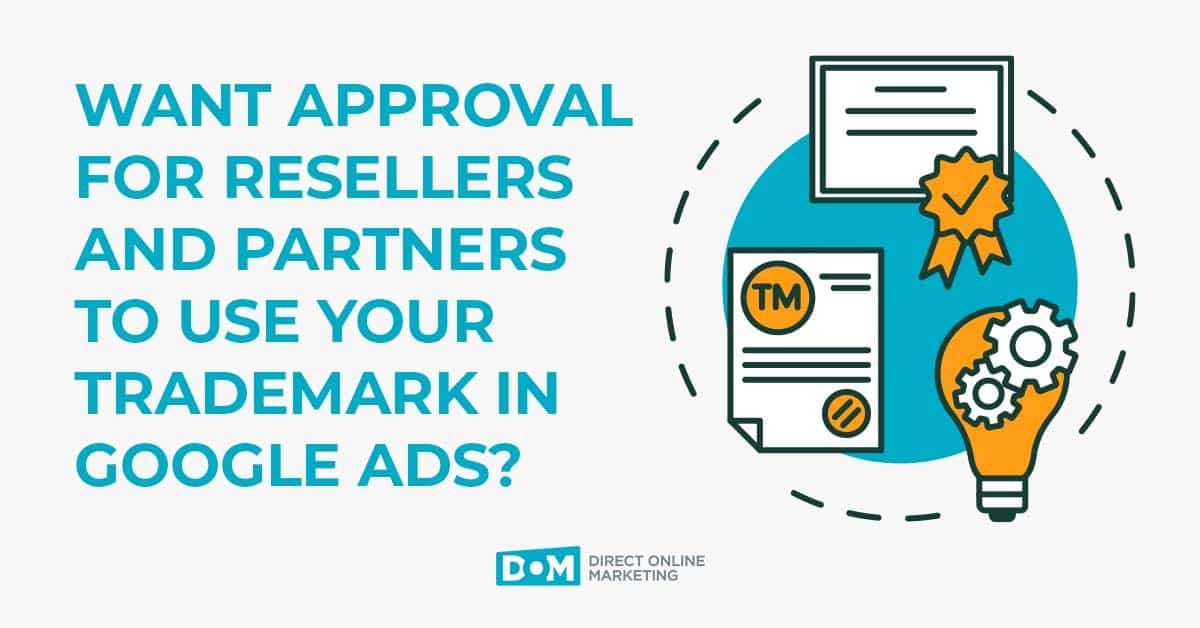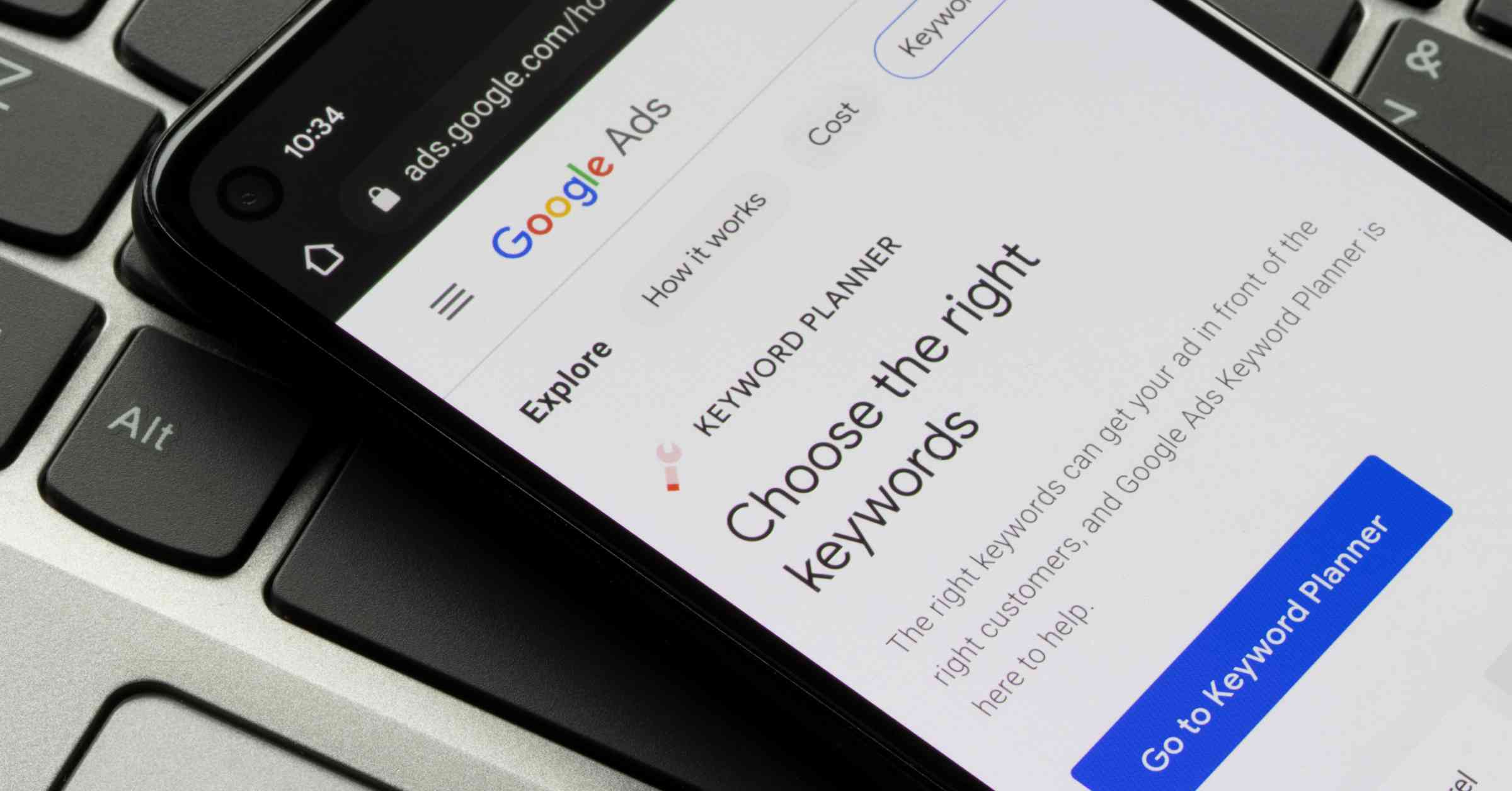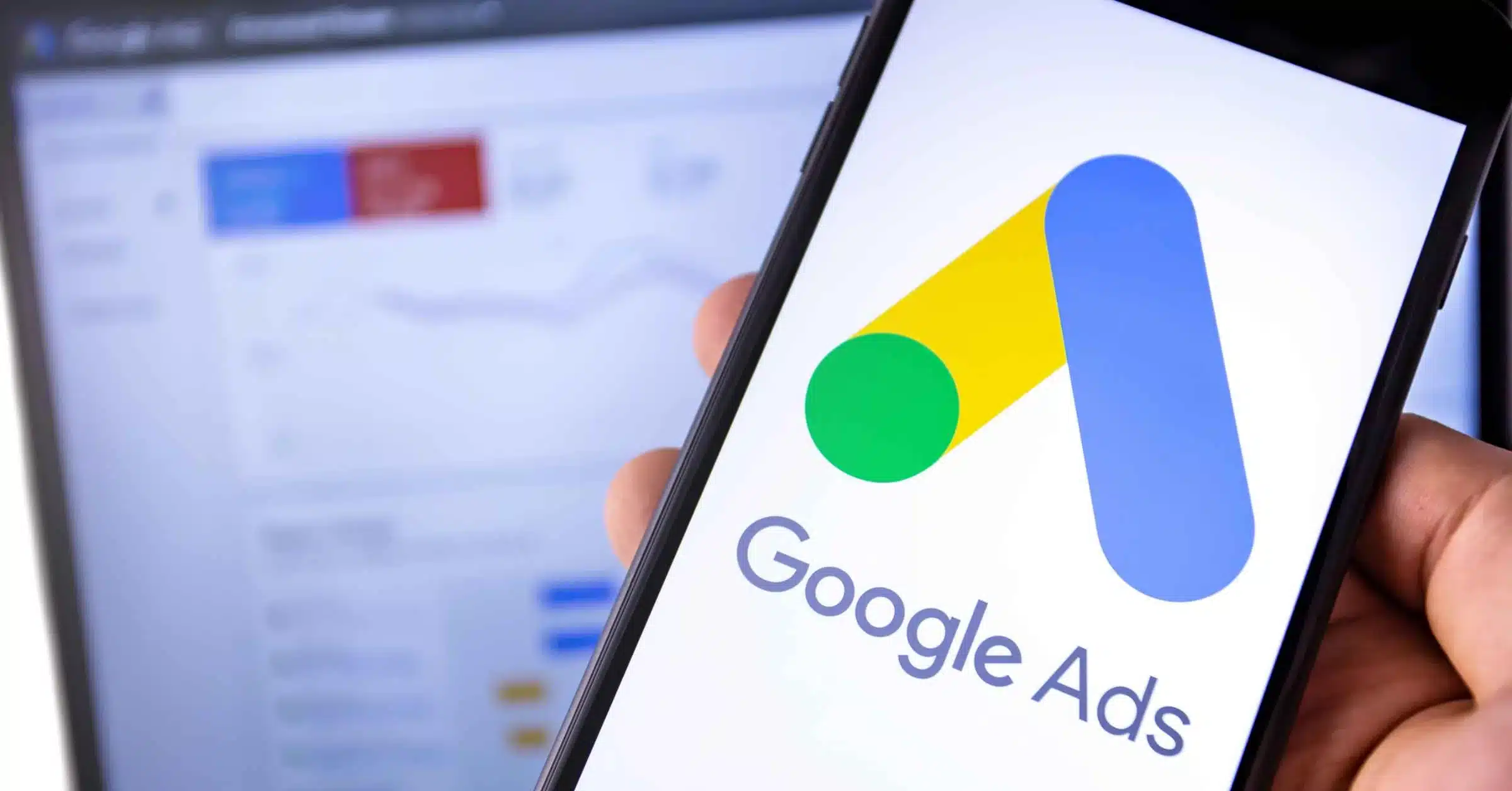Google’s Inside AdWords blog today announced a decision that will impact most of you reading this that have a Google AdWords account:
[W]e’ve decided to update the appearance of the display URLs of all ads that appear on search results pages in the next week or so. Following the change, the domain portion of your display URL will always be shown in lowercase letters. For example, if your display URL is Subdomain.Example.com/Subdirectory, it will appear as subdomain.example.com/Subdirectory.
There’s no need for you to make any edits to your ads. All uppercase letters in your display URL domain will automatically be changed to lowercase when your ad is served.
How AdWords Destination URL Changes Will Affect Click Through Rates
We do a lot of testing around display urls, including capitalization, subdomains, directories, and hyphenation. Generally – though not always – strategic use performs better than not using it at all. My gut is that AdWords click-through-rates will lower for advertisers that have been using capitalization effectively. With a level playing field, which will lead to changed searcher perceptions, who knows, though? Will be interesting to track and see.
Positive News on the Negative Keyword Front
Updated: Not sure how we missed the official announcement on this one (although I suspect it has to do with all the responses to new 2011 search initiatives from clients and prospects), but there’s great news about scaling the use of our favorite cost-saving AdWords feature: the negative keyword.
Now, we’re happy to introduce a new way to manage negative keywords across multiple campaigns: negative keyword lists. With these lists, you’ll be able to manage a group of negative keywords in your account’s Control Panel and Library and associate them with multiple campaigns.
For example, say you have a set of negative keywords you always add to any campaign running on the Search Network. Previously, you’d need to copy that set to every new search campaign you created in your account. Now, with shared lists, you can simply create a single negative keyword list and associate it with each search campaign. If there’s a new negative keyword you’d like to add to all of those campaigns, just add it to your list and it will automatically update across each campaign. Similarly, if you create a new campaign, you can add your negative keyword list to exclude all of the necessary terms with just a few clicks.
Hat tip to Search Engine Land via David Szetela.


